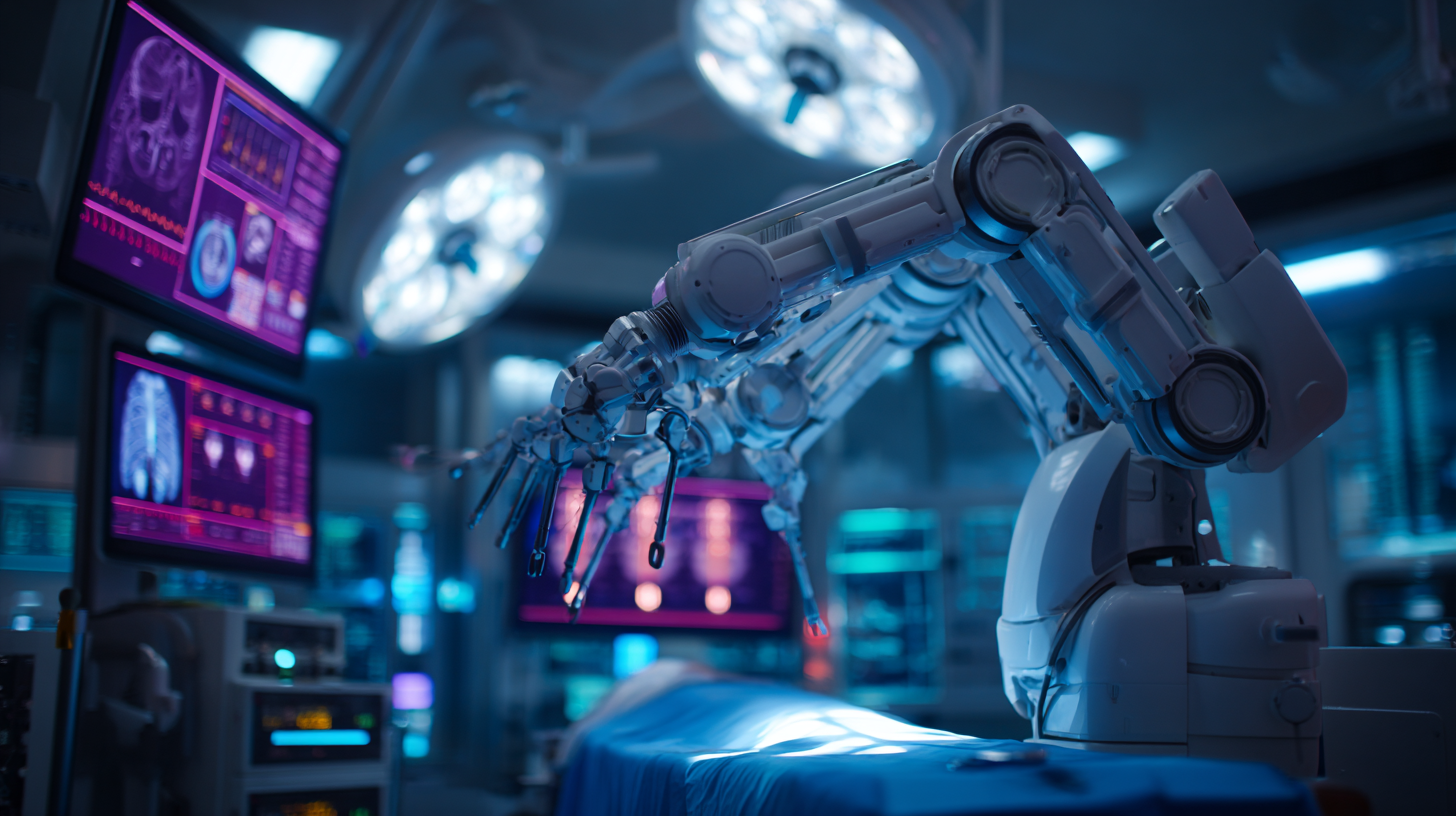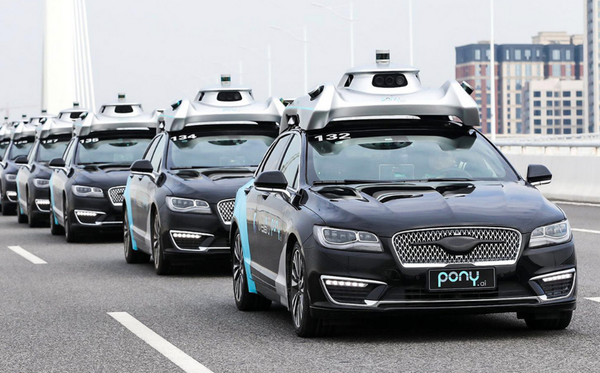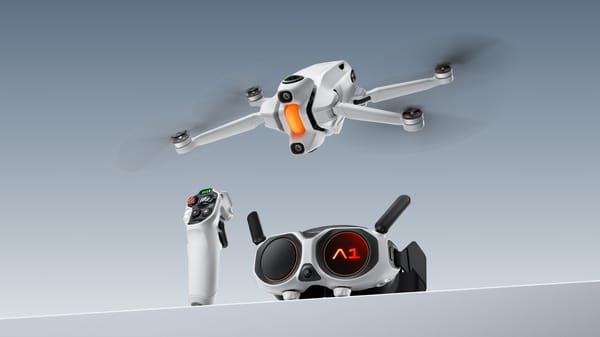Robot Completes First Autonomous Gallbladder Surgery on Lifelike Model

- A Johns Hopkins robot successfully carried out a full gallbladder removal without human control.
- It learned the procedure by watching annotated surgical videos and responded to voice cues in real time.
A surgical robot from Johns Hopkins University has performed a realistic gallbladder removal entirely on its own. Known as the Surgical Robot Transformer-Hierarchy (SRT-H), the system operated on a lifelike model, handling real-world challenges and adapting on the fly, without needing direct human input.
The robot was trained using video footage of surgeons performing the same procedure on pig cadavers, with captions describing each step. After watching these examples, it completed all 17 tasks involved in the surgery with perfect accuracy. During the operation, it also responded to spoken instructions like a trainee working under a mentor’s guidance.
The findings are published in Science Robotics. Johns Hopkins researchers describe the work as a shift from robots executing set tasks to systems capable of performing full procedures with real-time adaptability. They report that the robot completed the gallbladder surgery accurately, even when faced with anatomical variation, altered conditions, and unexpected scenarios.
🌀 Tom’s Take:
Spatial computing is rapidly reshaping the operating room. Recent breakthroughs in robotics, AI, and XR have already enabled surgeons to perform procedures remotely and access medical data hands-free. Now, new research from Johns Hopkins University takes the next leap, showcasing a robot performing an entire surgical procedure autonomously.
Source: Johns Hopkins University




